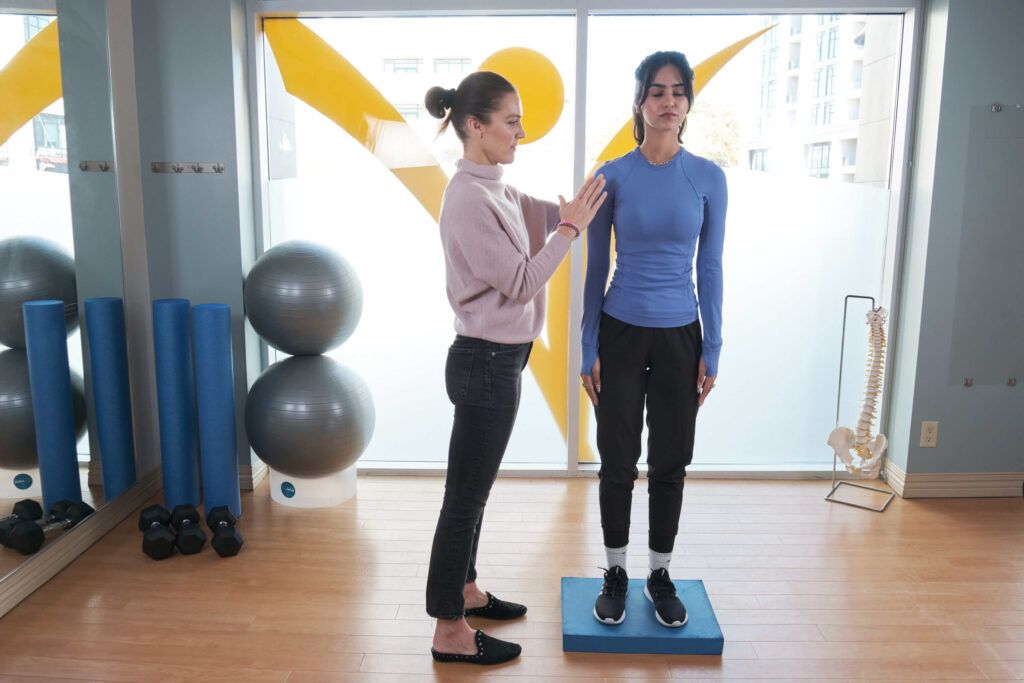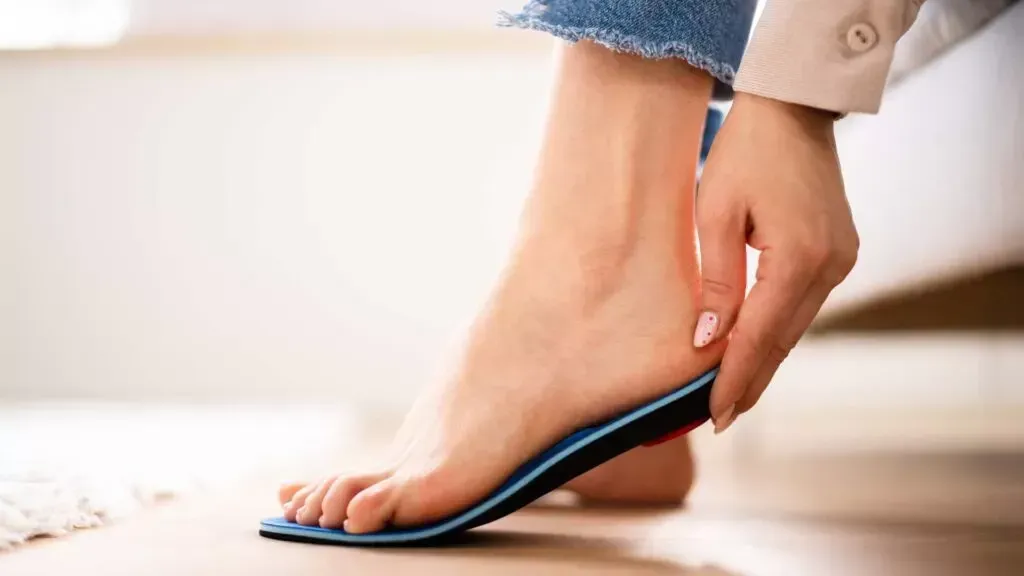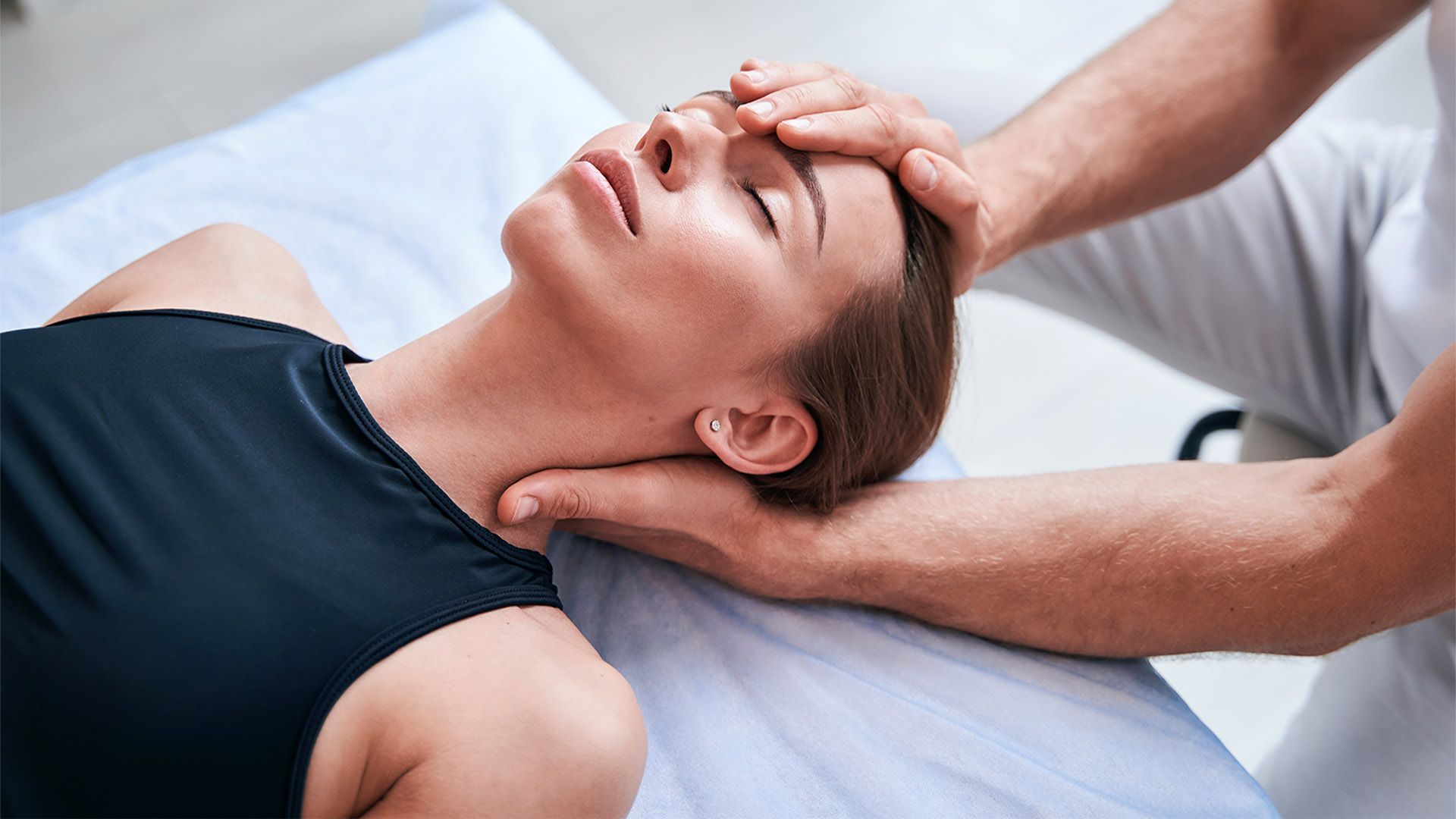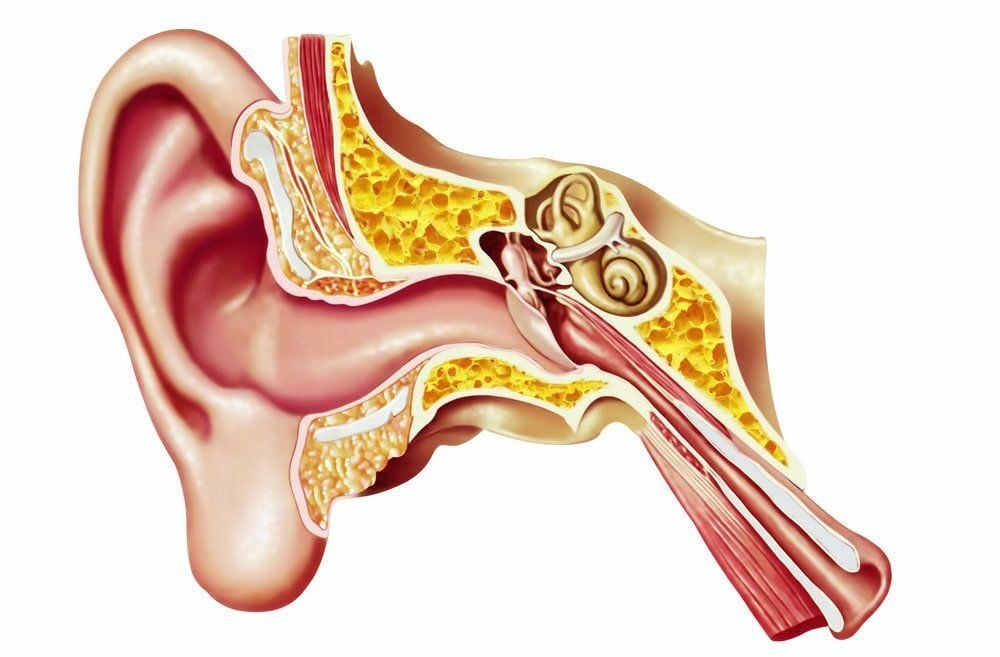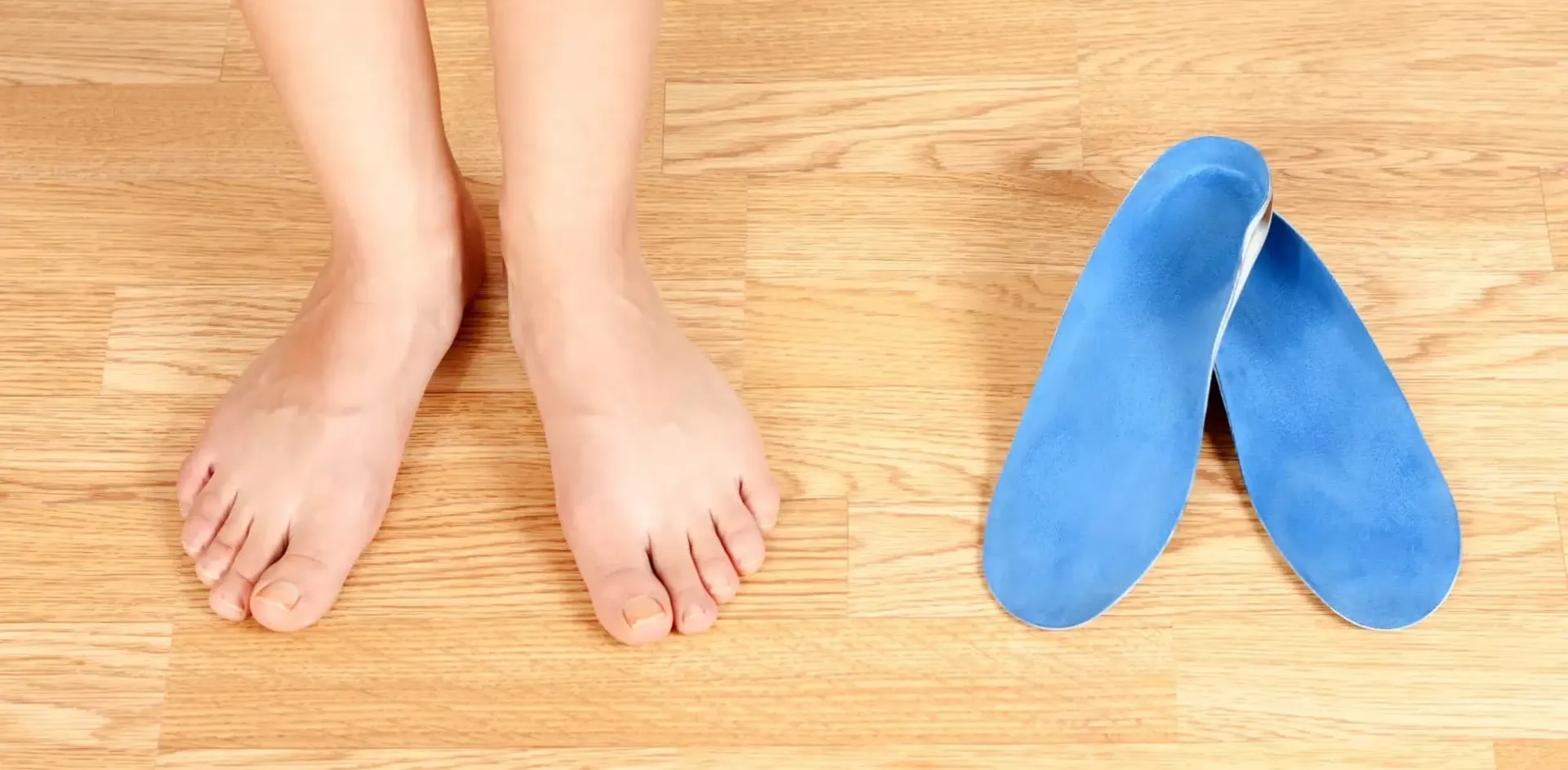Why Physiotherapy Is An Effective Treatment For Runner's Knee
Runner’s knee, a common ailment among athletes and fitness enthusiasts, can be a frustrating and painful condition to deal with. Fortunately, physiotherapy has proven to be an effective treatment option for those suffering from this condition. In this blog post, we will explore the symptoms of runner’s knee, the benefits of physiotherapy for treating it, and examples of exercises you can do at home to help alleviate the pain. We'll also provide tips for preventing runner’s knee from occurring in the first place.
What is Runner's Knee and What Are the Symptoms?
Runner's knee, also known as patellofemoral pain syndrome (PFPS), is a condition that causes pain around the kneecap (patella) and is commonly experienced by those who engage in sports or activities that involve repetitive knee bending. This includes running, jumping, and cycling. The pain is usually characterized by a dull, aching sensation around the front of the knee and can be aggravated by activities such as squatting, climbing stairs or sitting for prolonged periods.
How Physiotherapy Can Help to Treat Runner's Knee
Physiotherapy is a science-based approach to health care that utilizes various physical therapies and rehabilitation techniques to restore and maintain optimal function and movement within the body. When it comes to treating runner's knee, physiotherapists employ a variety of methods to reduce pain,
improve joint mobility, and strengthen the surrounding muscles. Some of the common treatments include:
1. Manual therapy: This involves the physiotherapist using their hands to gently mobilize and manipulate the
knee joint, improving its range of motion and reducing pain.
2. Stretching and strengthening exercises: A customized exercise program will be developed for the patient to target the muscles around the knee, particularly the quadriceps, hamstrings, and hip muscles, which play a crucial role in supporting the kneecap.
3. Taping and bracing: In some cases, the physiotherapist may apply therapeutic tape or recommend a knee brace to help alleviate pain and provide additional support to the joint.
The Benefits of Physiotherapy for Treating Runner's Knee
There are several reasons why physiotherapy has proven to be an effective treatment option for runner's knee:
1. Holistic approach:
Unlike medication or surgery, physiotherapy addresses the root cause of the pain by targeting muscle imbalances, joint mobility, and biomechanics, providing a long-term solution.
2. Customized treatment plans: Physiotherapists are trained to develop tailored treatment plans that cater to the specific needs and goals of each patient, ensuring a more targeted and efficient recovery process.
3. Non-invasive: Physiotherapy focuses on conservative and non-invasive techniques, making it a safer alternative to more aggressive treatment options such as surgery.
Examples of Exercises That Can Be Done at Home to Help with Runner's Knee
In addition to receiving professional physiotherapy treatment, you can also implement various exercises at home to help alleviate the symptoms of runner’s knee:
1. Straight leg raises: Lie on your back, extend one leg and lift it off the ground, keeping your knee straight. Hold for a few seconds, then lower it back down. Repeat on the other leg.
2. Wall sit:
With your back against a wall, slowly slide down until your knees are bent at a 90-degree angle. Hold this position for 30 seconds, then slowly slide back up.
3. Clamshells: Lie on your side with your knees bent and feet together. Keep your feet touching and lift your top knee towards the ceiling, then lower it back down. Repeat on the other side.
Tips for Preventing Runner's Knee from Occurring in the First Place
1. Gradually increase your training intensity and volume, allowing your body time to adapt and build strength.
2. Incorporate strength training, particularly for the lower body, to support the knee joint and prevent muscle imbalances.
3. Ensure proper footwear that suits your foot type and running style.
4. Maintain a healthy body weight to reduce excessive stress on the knee joint.
If you're struggling with a runner's knee, consider physiotherapy as an effective treatment option to help you get back to pain-free movement.
Contact Rosedale Wellness Centre today to schedule an appointment with one of our experienced physiotherapists and start your journey towards recovery!



